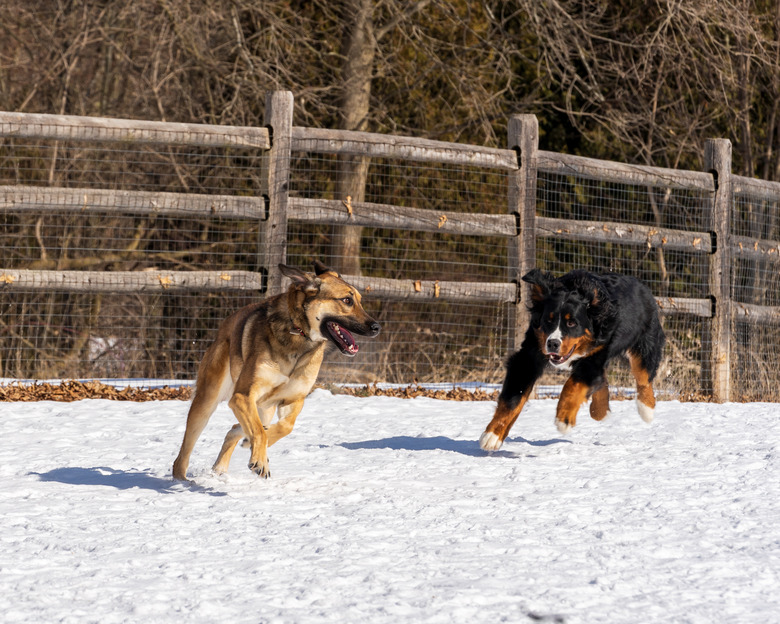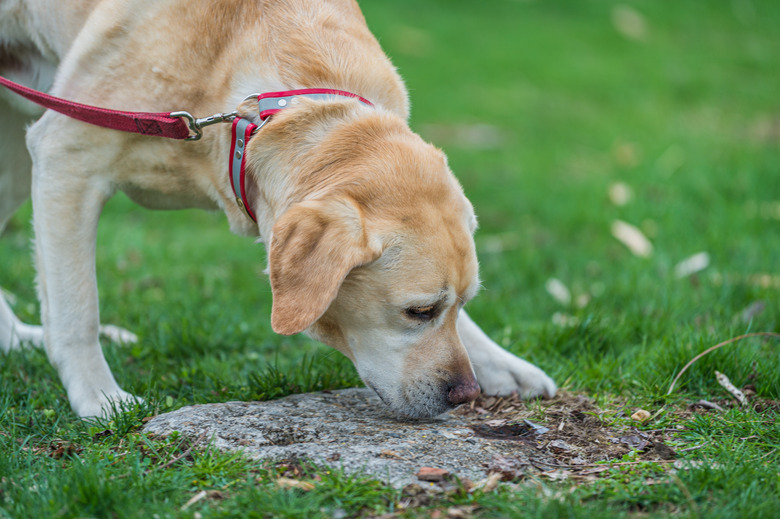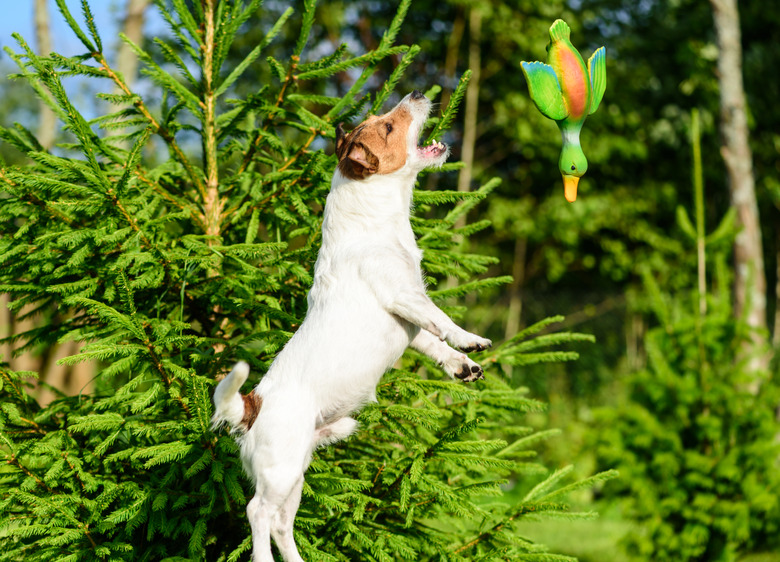How To Improve Your Dog's Quality Of Life By Giving Them More Choice
Dogs might be our best friends, but they don't usually have a lot of say in our life together. As dog owners, we control what our dogs eat, what they play with, and when they go for walks. Many of the decisions we make for our dogs are about keeping them safe, but often it's because we've just gotten in the habit of telling our dogs what to do.
One way to improve your dog's overall quality of life is to provide your dog with opportunities to take the lead in their own life. Not only is this confidence building for dogs, it can also help you understand your dog better.
Choice in affection
Choice in affection
One of the challenges of life with dogs is that as owners, we sometimes want things that they don't. Cuddling, hugging, and other forms of physical affection often feel good to people. This same affection is also something that dogs often don't enjoy and can find stressful or even threatening.
Not all dogs are cuddly or enjoy being physically touched. Instead of forcing your dog to cuddle, try to take note on how often your dog is approaching you for engagement and affection. You can also familiarize yourself with dog body language to better understand your dog's signals.
Moving forward, let your dog take the lead on soliciting and getting affection from you and other people. If your dog doesn't enjoy cuddling, look for other ways to spend quality time together through play.
Give your dog space
Give your dog space
Like the challenges with affection, one difficulty dogs often face is a lack of personal space. Even dogs who are closely bonded with their families sometimes need personal space. An important way to give your dog control over their life is to give them personal space while eating, chewing bones, and sleeping. Giving your dog space with high value resources like food and bones can help prevent resource guarding behavior from developing, and it makes dogs more comfortable.
Similarly, when your dog is sleeping, try to avoid disturbing them. When your dog is on their bed or choosing to sleep in their crate, give them space to decompress and have privacy.
Slow down on walks
Slow down on walks
Do you hurry your dog along on your daily walks? Although it can be frustrating for people when dogs stop to sniff, and sniff, and sniff, there are important reasons your dog spends time sniffing. Dogs have an extremely sophisticated sense of smell. Sniffing tells dogs important information about the world around them.
In addition, sniffing is a way that dogs can self-soothe and decrease stress. Whenever possible, avoid rushing your dog along when they are out in the yard or out on a walk. Let your dog sniff where they want (if it's safe) and for as long as they want.
Choice on walks
Choice on walks
Many dog owners take their dog out for the same walk day after day. While this can be effective if you only have a short amount of time to walk, it can get boring for your dog. Teaching loose leash walking is an important training skill to have, and not all walks with your dog need to be structured and controlled.
A fun way to give your dog some choice in their life is, when possible, to let your dog pick the direction of your next walk. When possible, let your dog take the lead on where you walk. Experiment with following your dog's lead for what direction to walk, and where to stop and sniff. This can build your dog's self-confidence and increase their interest in walking.
Opting out
Opting out
Building your dog's interest in training shouldn't ever be about forcing your dog to comply. A key component of positive reinforcement training is giving your dog the opportunity to choose when they participate. Our dogs being engaged learners should be a top priority.
When training, if your dog gets bored or wanders off, that's ok! Take that as a sign that what you are working on was too difficult or wasn't holding your dog's interest. Training should be fun and engaging for our dogs, which we can achieve by using an upbeat voice, lots of rewards and play. If your dog seems low energy or unenthusiastic, give your dog a break and try again later, or work on something else together.
Choosing toys
Choosing toys
A fun way to give your dog some choice in their life is to take them on a pet store outing and give them the opportunity to pick their own toys. Walk your dog down toy aisles (on leash, of course) and let them freely explore the different toy options. When your dog starts to play with or engage with a toy, consider buying it!
Not only is this an enriching outing, for your dog but it can give you valuable information about what kinds of toys are most interesting to your dog. You can use this information for training and play in the future.
Safety first
Safety first
Giving your dog choices is a way to understand your dog better and give your dog opportunities to be more engaged in their environment. However, safety should always be the priority when giving your dog choices — especially on walks or in public. This means your dog's safety as well as the safety and comfort of other dogs, animals, and people in your community. Always obey leash laws and don't allow your dog to approach other animals or people unless invited.
In summary: joy in choice
In summary: joy in choice
Giving your dog choices when possible is a great way to improve your dog's life, and to learn more about their personality. Slowing down and letting your dog make choices about how to engage with you and the world can also give you important information their likes and dislikes. Giving your dog the opportunity to make choices and respecting your dog's decisions can help increase your dog's confidence, reduce your dog's frustration, and improve your relationship.


